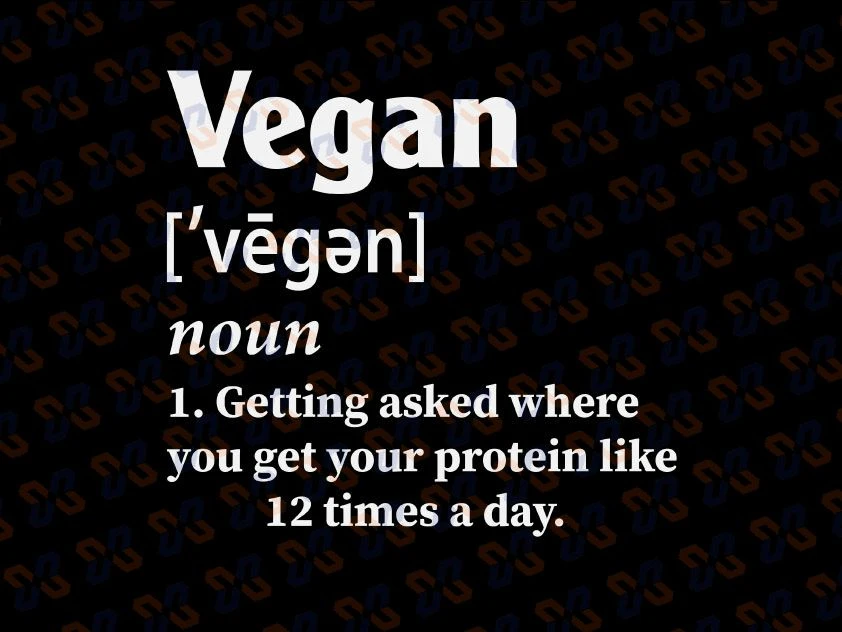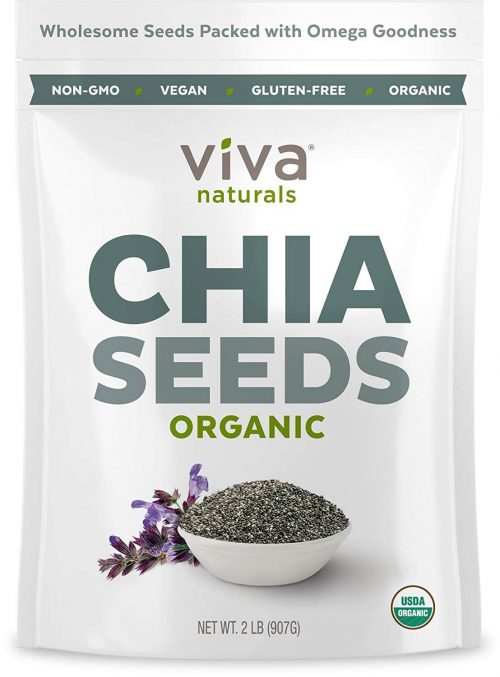
Here are some plant-based recipes. All of the recipes can be used for breakfast, lunch, dinner, and side dishes. Some suggestions include Chickpea soup, Chickpea pie, Vegetable and Vegetable Enchiladas, as well as Eggplant tossed in tomatoes and peas.
Lentil soup
Lentil soup is a delicious, nourishing meal that is low in fat and high in protein. It is a vegan recipe that is easy to make and contains just seven ingredients. This one pot recipe contains a variety of fresh vegetables, smoked paprika, cumin, coriander, turmeric powder, bay leaves, and salt. It makes a wonderful light dinner or lunch.
To make this soup, start by rinsing the lentils under running water. Before you start cooking the soup, be sure to check for any foreign objects or stones. Once you have rinsed them, add them to a pot of vegetable broth and add the bay leaves and chopped tomatoes. Once the lentils are soft, cook the soup until it reaches the desired consistency. If you want to make the soup fuller, add some fresh herbs or vegetables.
Vegetable enchiladas
Vegetable and plant-based meals are easy to prepare, such as vegetable enchiladas. These healthy, satisfying meals are packed with beans and roasted vegetables. They're also adaptable and can be easily customized to meet your family's tastes and dietary needs. They are made up of whole grains, legumes, and vegetables. Just enough cheese is added to enhance the flavor.

The enchiladas may be prepared a day ahead of time. The enchiladas can be stored in the refrigerator for up 3 days if they are not being eaten immediately. Simply heat them in the microwave or oven.
Chickpea Pot Pie
If you are looking for a delicious one-dish meal, consider preparing chickpea pot pie. It is a hearty vegetarian meal with a vegan cheddar biscuit topping. This dish is easy to prepare and is great for entertaining friends and family at potlucks.
This hearty dish is loaded with protein-rich chickpeas and hearty vegetables. The vegetarian version of the chicken dish can be prepared in one skillet. You can prepare the filling ahead of time and bake it for 15 minutes at a time.
Tomatoes and peas tossed with eggplant
An eggplant dish with tomatoes and peas is great for those on a plant-based diet. It is very easy to make, and it's a great way of getting more veggies into your diet. Make this dish by peeling and cutting the eggplant into bite-sized pieces. Mix the oil with the spices in a small container. To add more flavor, you could also add some fresh herbs like parsley.
Eggplant is a delicious veggie that provides a satisfying texture. Eggplant can be added to pasta recipes by being cooked with tomatoes and peas. It pairs well with green legumes which give the dish a rich, creamy base. Another tasty recipe uses eggplant with white bean, which gives it a chewy texture. This combination is great for both vegetarians and meat-eaters.

Vegan taco salad
This vegan taco bowl is an easy and delicious way to enjoy Mexican food without breaking the bank. Simply cook the quinoa according the package instructions and then add some cilantro. Next, add the roasted veggies and chickpeas. Drizzle the dressing on top, and it's ready to serve!
This healthy salad has lots of flavor and crunch. This healthy salad is ideal for vegetarian weeknight meals. It also makes great meal prep. It also benefits your gut and inflammation.
FAQ
What should I eat?
Consume lots of fruits, vegetables. They provide vitamins and minerals to keep your immune systems strong. Also, fruits and veggies are rich in fiber. This makes them filling as well as helping with digestion. Try to include at least five servings of fruit and veg per day.
Water is essential for your body. Water flushes toxins out of the body and helps to feel full between meals. Drink about eight glasses each day.
Consume whole grains and not refined. Whole grains have all their nutrients intact, including B vitamins, iron, zinc, magnesium, calcium, and protein. Some nutrients have been removed from refined grains.
Sugary drinks should be avoided. Sugary drinks can be a source of empty calories, which can lead to obesity. Instead, opt for water, milk, or unsweetened tea.
Avoid fast food. Fast food has very little nutritional value. It may taste great but it won't give you the energy you need to function properly. Choose healthier options like salads, soups and sandwiches as well as pasta dishes.
Limit your alcohol intake. You can reduce your intake of alcohol by limiting the amount of empty calories. Limit the number of alcoholic beverages you consume per week to no more that two.
Reduce the consumption of red meat. Red meats contain high amounts of saturated fat and cholesterol. Choose lean cuts such as beef, pork and lamb, chicken, fish, or turkey.
What is the difference in a calorie from a Kilocalorie?
Calories can be used to measure how much energy is in food. A calorie is a unit of measure. One calorie equals one degree Celsius of energy to heat 1 gram of water.
Kilocalories is another name for calories. Kilocalories are measured as a thousandth of a calorie. 1000 calories, for example, equals one kilocalorie.
Does being cold give you a weak immune system?
It has been said that there are two types of people on the planet: those who love winter or those who hate it. It doesn't really matter whether you love winter or you hate it. You might wonder why you feel so bad when it's cold.
Our bodies are made to function well in warm weather. We evolved to thrive in hot environments because of the abundance of food resources.
Now, however, we live in a completely different environment to how our ancestors lived. We spend a lot more time indoors, and are more likely to be exposed to extreme temperatures like heat and cold.
This means that our bodies aren’t used to these extremes. This means that we feel tired, sluggish and even sick when we venture outside.
However, there are ways to counter these effects. The best way to avoid these problems is to ensure that your body stays hydrated throughout the day. Hydration is key to keeping your body well hydrated, flushing out toxins and maintaining a healthy weight.
Another important step is to ensure that you're eating healthy meals. The best way to maintain your body's optimal temperature is by eating nutritious food. This is especially beneficial for anyone who spends a lot of time inside.
You can also meditate for a few minutes every day. Meditation is a great way to relax your body and mind. It makes it easier for you to cope with stress and illness.
Statistics
- The Dietary Guidelines for Americans recommend keeping added sugar intake below 10% of your daily calorie intake, while the World Health Organization recommends slashing added sugars to 5% or less of your daily calories for optimal health (59Trusted (healthline.com)
- nutrients.[17]X Research sourceWhole grains to try include: 100% whole wheat pasta and bread, brown rice, whole grain oats, farro, millet, quinoa, and barley. (wikihow.com)
- This article received 11 testimonials and 86% of readers who voted found it helpful, earning it our reader-approved status. (wikihow.com)
- WHO recommends consuming less than 5% of total energy intake for additional health benefits. (who.int)
External Links
How To
What does the term "vitamins" mean?
Vitamins can be described as organic compounds found in food. Vitamins help us absorb nutrients in the foods we consume. The body cannot make vitamins; therefore, they must be obtained from food.
There are two types vitamins: water soluble or fat soluble. Water-soluble vitamins dissolve easily when they are dissolved in water. Examples include vitamin C,B1 (thiamine), B2 (riboflavin), B3 (niacin), B6 (pyridoxine), folic acid, biotin, pantothenic acid, and choline. The liver and fatty tissues are home to fat-soluble vitamins. Vitamin D, E, K and A are some examples.
Vitamins are classified according to their biological activity. There are eight main groups of vitamins.
-
A - essential for normal growth and maintenance of health.
-
C is important for nerve function and energy production.
-
D - necessary for healthy bones and teeth.
-
E is required for good vision and reproduction.
-
K – Required for healthy muscles & nerves.
-
P - Vital for strong bones and teeth.
-
Q - aids in digestion of iron and iron absorption
-
R - Required for red blood cell production
The recommended daily allowance of vitamins (RDA), varies depending upon age, gender, physical condition, and other factors. The U.S. Food and Drug Administration has established the RDA values.
For adults over 19 years, the RDA is 400 mg per day for vitamin A. Pregnant mothers need 600 micrograms a day to ensure fetal growth. Children ages 1-8 require 900 micrograms per day. Babies under one-year old need 700 micrograms per daily. Between 9 and 12 month, however, this drops to 500 mg per day.
Children ages 1-18years who are obese need 800 micrograms per day while those who are overweight need 1000 micrograms per day and children who are underweight need 1200 micrograms per day to meet their nutritional needs.
Children between 4-8 years of age who have been diagnosed by anemia must consume 2200 micrograms daily of vitamin C.
2000 micrograms is the minimum daily intake for general health in adults older than 50 years. Mothers who are pregnant, nursing, or have a high nutrient need will require 3000 micrograms a day.
Adults over 70 need 1500 micrograms daily, since they lose around 10% of their muscle mass every decade.
Women who are pregnant or lactating need more than the RDA. Pregnant women need 4000 micrograms per dayduring pregnancy and 2500 micrograms per day after delivery. Breastfeeding mothers need 5000 mg per day when breastmilk is being produced.